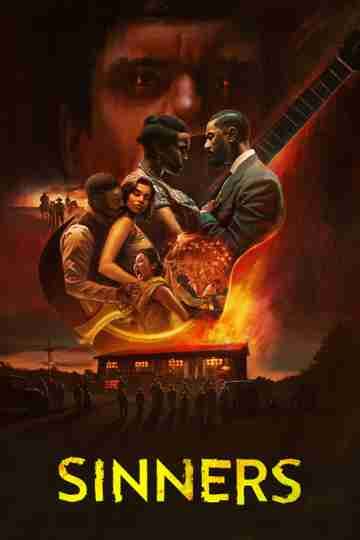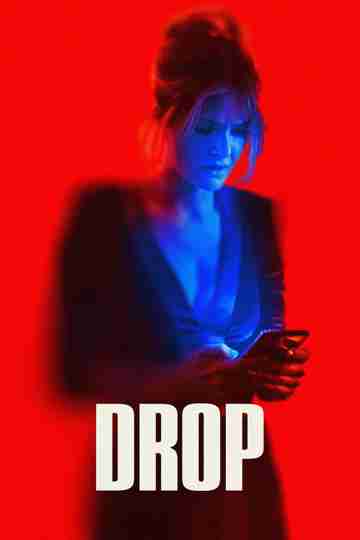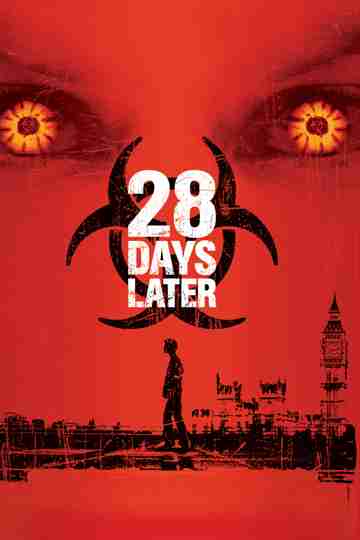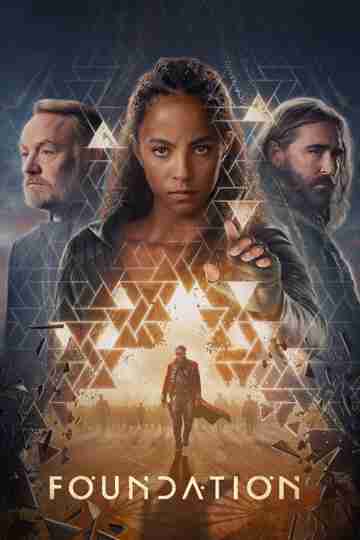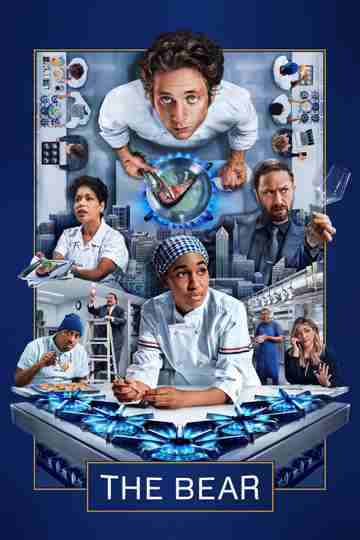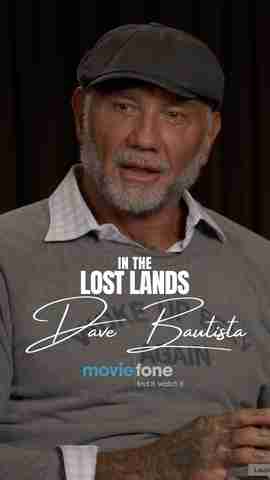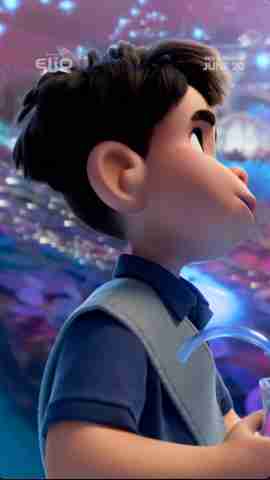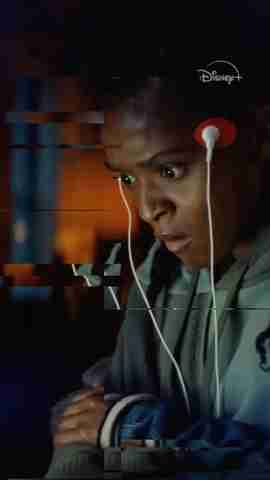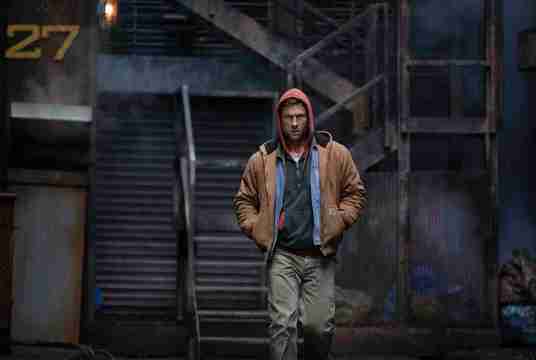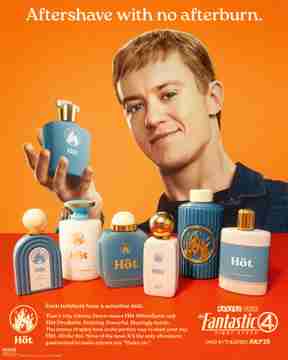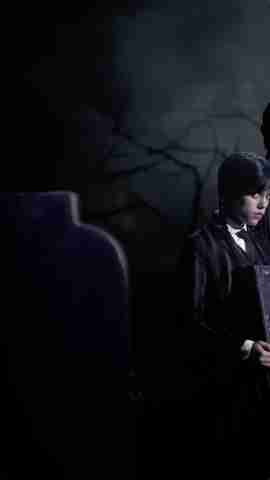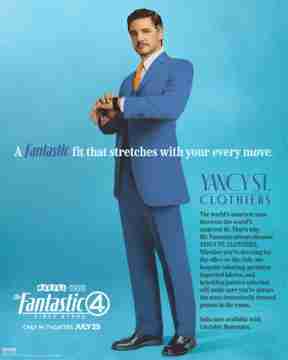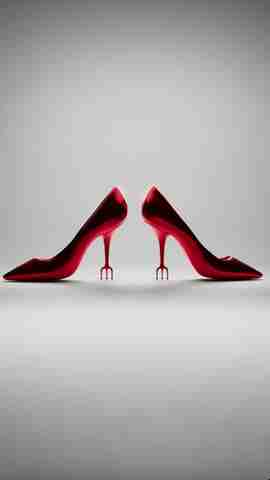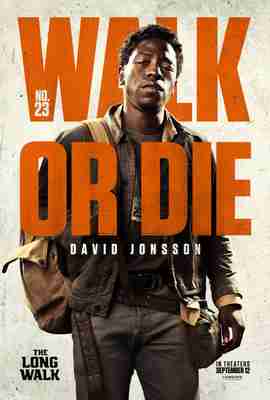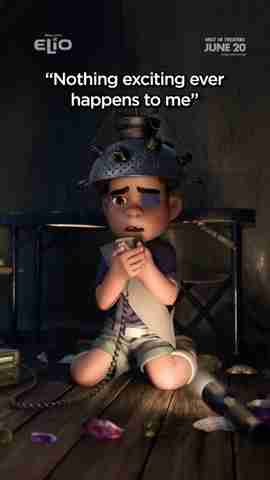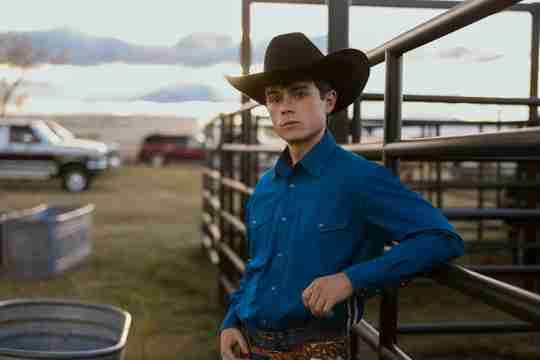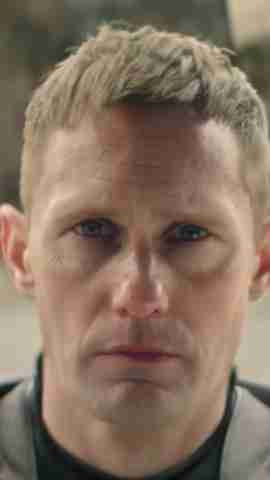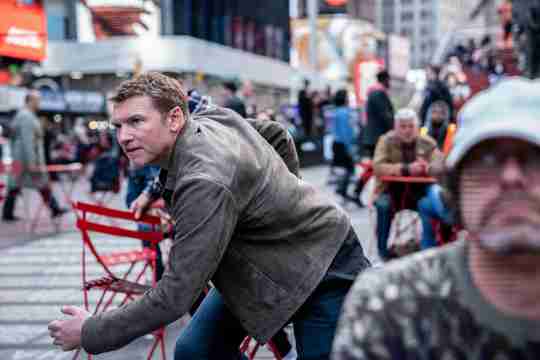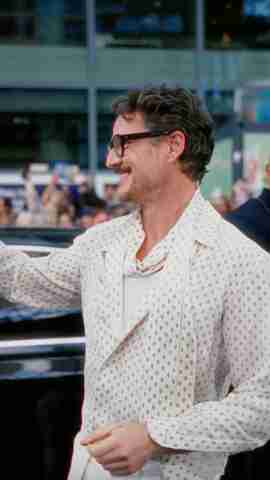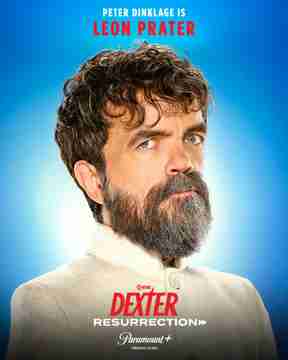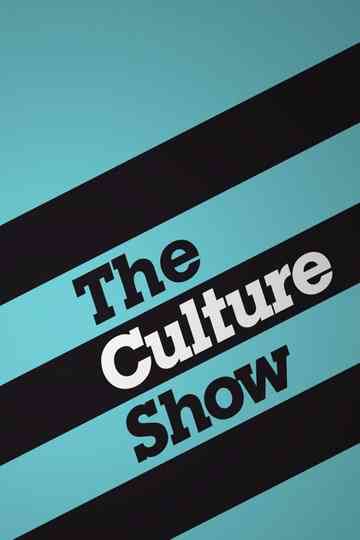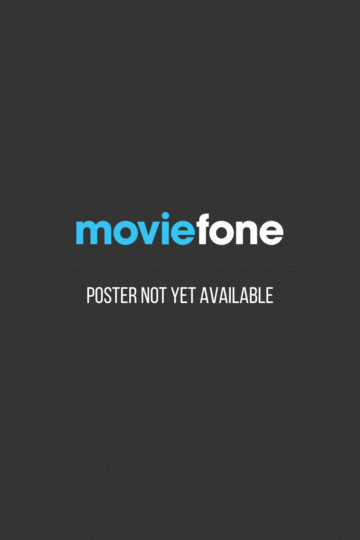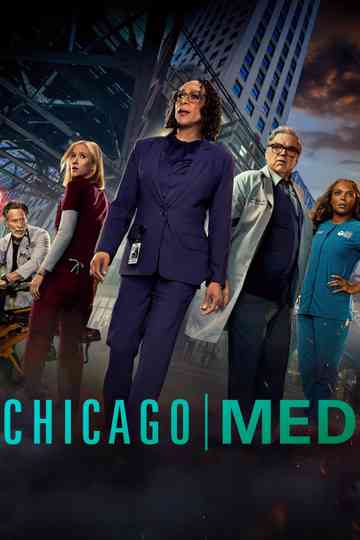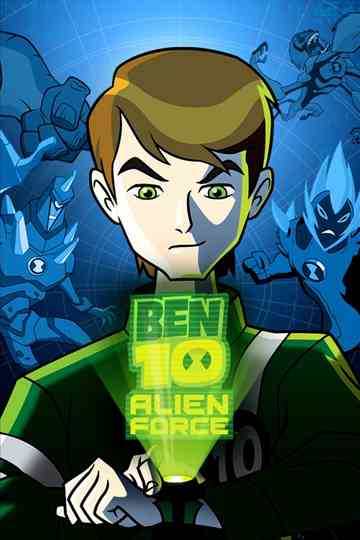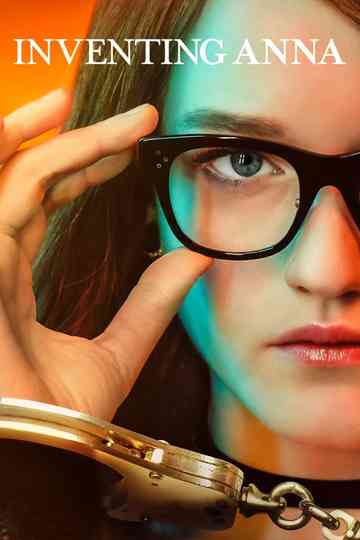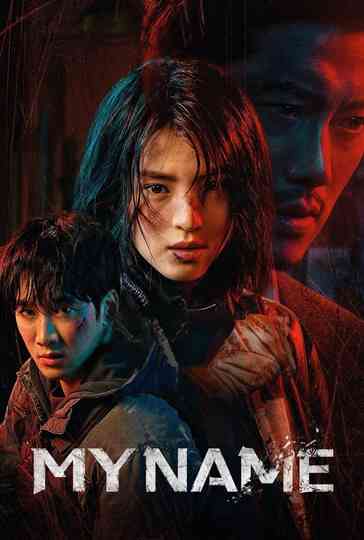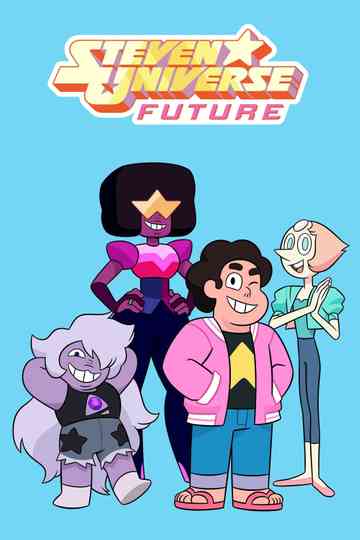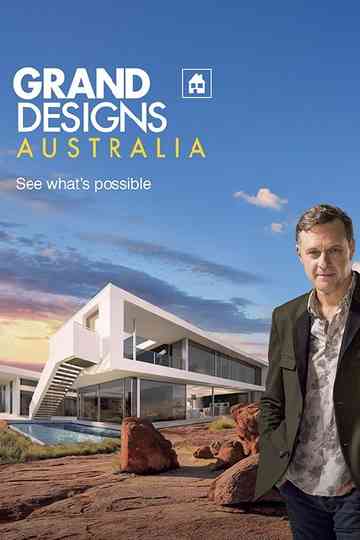Season 18 Episodes
1. Episode 1: Maxine Peake - Performance, Protest and Peterloo
Manchester's International Festival is a collection of world class talent, theatrical premieres, ground breaking musical performances and global stars from the contemporary art scene. Amongst these gems will be Shelley's The Masque of Anarchy, performed by Maxine Peake, one of the most gifted actors of her generation. The poem is seen as the most politically powerful in the English language, written as a response to Manchester's 1819 Peterloo massacre, an event which ultimately led to the birth of the working class movement. This is the first time it will be performed as a piece of theatre and will be staged yards from where it took place.
2. Episode 2: Who Are You Calling an African Artist?
This summer, Tate Modern has opened its doors to Africa, dedicating an entire wing to two of the most important artists working today: 82-year-old visionary modernist Ibrahim El-Salahi and contemporary free-thinker Meschac Gaba. Writer and curator Morgan Quaintance discovers their extraordinary personal stories, and a struggle for recognition that spans six decades. Studying at the Slade in the 1950s, Ibrahim El-Salahi returned home with a crate full of modern art, to meet a stony faced public in Sudan. Reconciling the language of modernism with the culture of his heritage, he found a powerful new way to express the dreams and ambitions of African independence. It was to lead to imprisonment, exile and eventually freedom.
3. Episode 3: The Unstoppable Thomas Heatherwick
lan Yentob witnesses the birth of an idea at the hands of the designer, creator, and some call 'inventor' - Thomas Heatherwick - whose recent triumphs include the remarkable cauldron for the 2012 Olympic Games and the provocative redesign of the London double decker bus. Gaining a reputation as a maverick who defies commission briefs to come up with extraordinary creations - everything from dizzying chairs resembling oversized spinning tops, to a bridge that curls into a ball, and to the giant 'hairy' cube he built to represent Britain at the World Expo, Thomas is now incubating his most audacious plan for London yet. With access to Thomas, his creative team and Joanna Lumley, who brought him this latest idea, the film follows their daring proposal to float a garden across the river Thames. Will the man who Terence Conran labeled the 'Leonardo of our times'... deliver the wonder again?
4. Episode 4: Venice - A Tale of Two Cities
Modern art expert Alastair Sooke heads to Venice with art dealer and historian Dr Bendor Grosvenor to explore the vast cornucopia of art the city has to offer. 2013 is a Venice Biennale year, and Alastair is passionate about this multinational contemporary art extravaganza. But Bendor is a modern art cynic who loves the city for its extraordinary art history, from Renaissance geniuses that changed the very nature of painting, to landscape maestros that dominated the 18th century.
5. Episode 5: The Culture Show at Edinburgh: Leonardo da Vinci - The Anatomist
rt critic Alastair Sooke heads to the new Leonardo da Vinci exhibition at The Queen's Gallery in the Palace of Holyroodhouse in Edinburgh. The show from the Royal Collection will reveal the startling accuracy of the master's anatomical drawings - artwork which lay undiscovered for hundreds of years. They include a series of 18 mostly double-sided sheets known collectively as the Anatomical Manuscript A, on which Leonardo crammed more than 240 meticulous drawings and some 13,000 words of notes in his unmistakeable mirror-writing. These anatomical studies are shown alongside state-of-the art modern medical imagery. Alastair will delve into the sketches and examine the 3D films, CT and MRI scans in order to uncover just how close the Renaissance genius got to the truth of what lies under the skin. The tragedy of Leonardo's anatomical investigations is that he never got around to publishing them. If he had done so, his work could have transformed the history of our medical knowledge.
6. Episode 6: The Culture Show at Edinburgh: Funny Women
Sue Perkins explores the highs and lows of being a woman in the unashamedly macho world of stand-up comedy. With unique behind-the-scenes access to the most important date in the stand-up comedy calendar, Sue discovers the thrills of a good gig and the spills of a disparaging review as she follows three stand-up comedians at the Edinburgh Festival: Bridget Christie, Claudia O'Doherty and Dana Alexander.
7. Episode 7: The Culture Show at Edinburgh: Happy Birthday Traverse
Born in a former brothel in 1963, the Traverse Theatre is one of the most exciting venues for new writing in Britain. Now in its 50th year, its full-throttle programme of shows from around the world packs in audiences from morning to night throughout the festival. Sue Perkins goes behind the scenes with artistic director Orla O'Loughlin to see how it all comes together, and celebrates the theatre's fascinating history, from underground notoriety to a leading light in the vibrant Scottish theatre scene.
8. Episode 8: YouTube - The Future of TV?
Investigative journalist Jacques Peretti ventures into a world he doesn't understand; a company that is revolutionising how we are entertained, a website that is changing youth culture: YouTube. As YouTube hits one billion users a month, Jacques meets the young video bloggers who are making a living on the site. He goes behind the scenes at YouTube's European headquarters, and even becomes part of the phenomenon himself. YouTube has given a voice to the masses, breaks worldwide news and launches new celebrities, but how YouTube will affect the professional creative community is less certain. One thing's for sure, as the digital revolution marches forward, everything we thought we knew about television is changing.
9. Episode 9: The People's Palace
At a time when many libraries across Britain face budget cuts and closure, Birmingham is opening the biggest public library in Europe. Is this new breed of super library the future? Architecture critic Tom Dyckhoff explores the new cutting-edge building to discover what a 21st-century library looks like, how it functions and why it still has a vital role to play in the digital age. Along the way, he meets artists, photographers and musicians from the local community, who are coming together to celebrate Britain's biggest and boldest new public building.
10. Episode 10: A Portrait of Jonathan Yeo
Alastair Sooke meets portrait artist Jonathan Yeo as he prepares for a solo show at the National Portrait Gallery. The son of a Conservative MP, his subjects range from political leaders to Hollywood stars, including Nicole Kidman, Kevin Spacey, Damien Hirst and Tony Blair. In the lead-up to the exhibition, Yeo allows BBC cameras into his usually private studio, revealing the challenges and pleasures of painting people for a living, and the subtle dynamic that develops between artist and sitter. The programme features acclaimed British actor, Tom Hollander, as he sits for a portrait, and follows the progress of the canvas from the first brushstrokes to the final reveal.
11. Episode 11: Northern Soul - Keep the Faith
Northern Soul marked the birth of late-night dance culture in Britain. Paul Mason, economics journalist and once a regular at the famous 'all-nighters' at Wigan Casino, discovers the origin of this underground music scene and why it continues to inspire such devotion. Many of the songs that eventually became Northern Soul classics were once rejected or unreleased. Recorded in the 1960s by African-American artists attempting to replicate the successful Motown sound, these discarded tracks would later be rediscovered and revered by white working-class dancers and music fans in the north of England. Paul Mason tells the extraordinary story of Northern Soul and the dance culture that sprang up around it, influencing musicians, choreographers and filmmakers and growing into a global phenomenon.
12. Episode 12: Jon Ronson meets Malcolm Gladwell - Beware the Underdog
Malcolm Gladwell is about to publish a book. He's done it four times before, and whenever it happens huge things occur: Millions of copies get sold, world leaders take note, catchy phrases infiltrate our language and millions of us are moved by his inspiring stories and big powerful ideas. Jon Ronson goes head to head with The Tipping Point author in his New York home to talk about his latest work. 'David and Goliath: Underdogs, Misfits and the Art of Battling Giants' seeks to shake our faith in what it means to have the upper hand. In it Gladwell argues we get advantage and disadvantage the wrong way round. Being dyslexic, losing a parent in childhood, being bombed, shot at, marginalized... can all be turned to good, according to his latest optimistic tome. In this candid and revealing confrontation, one thing comes clear... Giants beware: underdogs can surprise you when they make good the advantages that stem from a traumatic start.
13. Episode 13: Sylvie Guillem - Force of Nature
A revealing portrait of Sylvie Guillem, one of the greatest dancers of our time. Hand-picked by Rudolph Nureyev at the age of 19, she was the youngest ever 'etoile', the highest-ranking female dancer at the Paris Opera Ballet and later, the star of the Royal Ballet here in London. A rebel who reshaped ballet, Guillem has always fearlessly pursued her own artistic vision, earning an uncompromising reputation and the nickname 'Mademoiselle Non!'. At 48 years old she remains an imperious physical force - but for how much longer? With an eye on life after dance, Guillem is now reinventing herself as an environmental campaigner. Filmed over several months with exclusive access, this programme explores what happens when a force of nature becomes a force for nature, and follows Guillem as she continues to defy her own body, confronting the future while remaining one of dance's most mesmerising trailblazers.
14. Episode 14: A Night at the London Film Festival
For 12 days London will be under siege from over 350 features, documentaries and short films from 57 countries. Mark Kermode explores the wealth of real life stories that have inspired some of these films, and the exciting British talent which the festival will showcase. From taut hi-jack thriller 'Captain Phillips' - directed by Paul Greengrass, to Oscar tipped '12 Years a Slave' with Chiwetel Ejiofor. Uncovering stories of love, loss, injustice and triumph, Mark discovers how the festival's film makers have created some of the most exciting and dynamic movies available today, and gives us a preview of what is going to be big cinema news in the coming months.
15. Episode 15: The Art of Chinese Painting
The ancient art of Chinese painting is one of the oldest continuous artistic traditions in history. Kate Bryan, former Hong Kong resident and the Fine Art Society's head of contemporary, travels to China to find out more about this tradition, a journey which coincides with a once-in-a-lifetime exhibition at London's Victoria & Albert Museum, 'Masterpieces of Chinese Painting'. In China, Kate learns about the golden age of Chinese landscape and discovers why ink is still favoured over paint. She also learns how the country's unique aesthetic was heavily influenced by age-old standards of class and politics.
16. Episode 16: Samuel Johnson Prize 2013
The Culture Show reviews the six shortlisted books for Britain's most prestigious award for nonfiction and asks which book will win the coveted prize. The list has never been more eclectic or thought provoking, spanning poetry to politics, taking in our relationship with Roman Britain but also modern Afghanistan, even raising questions about how we commemorate our war dead and why we need bumblebees. The reviewers this year are all former judges of the prize including literary critic and author Diana Athill and journalist Jim Naughtie. Meanwhile publisher Jamie Byng explains why it's never been a more exciting time for nonfiction and gives his verdict on which book deserves to win.
18. Episode 18: Wars of the Heart
For those who remained in London during the Second World War, the Blitz was a terrifying time of sleeplessness, fear and loss, but some of London's literary set found inspiration in the danger and intensity. With the threat of death ever present, nerves were tested and affairs began; it was an absolute gift for a writer seeking new material. Presenter James Runcie tells the story of novelists Graham Greene, Henry Green and Elizabeth Bowen, and American poet Hilda Doolittle, who revelled in the creative and personal freedom they discovered even as the bombs rained down. The programme reveals how these writers distilled the surreal and often frightening atmosphere of the time into some of their finest work.
19. Episode 19: Gaga - The Mother Monster
More than 40 million people follow Lady Gaga on Twitter. Can they possibly be wrong? For her fans, the Little Monsters, Gaga is not just a star - she is a mother figure and a fellow sufferer. As her long-awaited third album ARTPOP is released, Gaga meets Miranda Sawyer for an exclusive interview, to talk about pop, art, fans, and her need, and ours, for applause.
20. Episode 20: Paul Smith -These Are a Few of My Favourite Things
Alan Yentob, in a bid to understand fashion designer Paul Smith, challenges him to choose the objects which sum up his life. Smith's Covent Garden office is an Aladdin's cave of objects - piles of toys, stacks of racing bikes, gifts from fans, hundreds of books. But there is a method to the strange world of Paul Smith. Growing up determined to be a racing cyclist, his dreams ended, and began, with a crash that led to him meeting his future wife Pauline Denyer, a fashion graduate. With her guidance, he developed his own quirky take on British tailoring which catapulted him to success in the 1980s and made him a cult figure in Japan.
21. Episode 21: Vicky Featherstone - All Change at the Royal Court
For over 50 years, the Royal Court Theatre has been a flagship for new British writing and a bastion of provocative, ground-breaking work. And now this most revered theatrical institution has a new artistic director at the helm, who is on a mission to shake things up even further. As this intimate profile reveals, Vicky Featherstone - the Royal Court's first female artistic director in its 57 year history - is determined to make theatre accessible to all, not just the privileged few from SW3. For over four months, presenter Clemency Burton-Hill was given exclusive behind-the-scenes access to Featherstone as she set about shaping her opening season and got candid insights into her character and approach from long-term collaborators John Tiffany, award-winning screenwriter Abi Morgan, Dennis Kelly of 'Mathilda: The Musical' fame and the Guardian's Michael Billington.
22. Episode 22: Derry Londonderry - A New Chapter
Exploring the historic walled city of Derry Londonderry, the first UK City of Culture, poet and author Nick Laird looks back at a year of dramatic spectacle and asks how art has healed decades of sectarian violence. Meeting Frank Cottrell-Boyce, author of the London 2012 opening ceremony, he is dazzled by the Return of Colmcille, Boyce's spectacular imagining of the return of the city's patron saint. At Picturing Derry, a photo exhibition of work by local amateurs and professionals from all over the world, he considers the legacy of Bloody Sunday and celebrates a city that is no longer defined by The Troubles. And as a measure of its new openness, the international traditional music festival The Fleadh, comes north of the border for the first time.
23. Episode 23: Lego - The Building Blocks of Architecture
Tom Dyckhoff explores the contribution of Lego to architecture, and its continuing influence, arguing that it's changed the way we think about buildings. Lego's plastic yellow bricks were launched in the 50s, and resonated with new visions of rebuilding society - with ethical, imaginative children's play at its heart. Tom meets the artists and architects reared on Lego who are using it to reimagine our cities today, from Bjarke Ingels, the leading architect of his generation, to international artist Olafur Elliasson, whose Collectivity project took three tonnes of Lego to the citizens of Tirana, Albania. But with Hollywood franchises and huge expansion, has Lego lost its original ethos of creativity and construction? Tom looks at Lego's successors and how cult computer game Minecraft may be set to transform the cities of the future.
24. Episode 24: Damon Albarn - Solo
irst he was the poster boy of 90s Britpop, then the music man behind electro-cartoon duo Gorillaz. More recently he's composed operas and helmed the world music juggernaut that is Africa Express... Now finally, after coming full circle with Blur's triumphant 20-year reunion tour, Damon Albarn goes it alone. Due in April 2014, Everyday Robots will be his first proper solo album and he's given The Culture Show exclusive and intimate access to his life as he prepares to present this new work to the world. It's a lyrical journey that takes him back to his childhood, to the places he holds dear and the memories that infuse his new collection of songs, many of which have never been heard by the public. The film follows Albarn as he looks behind his own masks of the past to give an honest account of himself and his work as a solo artist.
25. Episode 25: Forget the Oscars, Here are the Kermodes
Now in their ninth year, the Kermode Awards are the ultimate antidote to the Oscars, a low-frills awards ceremony celebrating the very best of movie-making talent overlooked by the Academy. Even in what's considered a bumper Oscars year, film critic Mark Kermode uncovers missing gems deserving of his coveted golden gong, including in the best actress, director and cinematography categories. Handing out the awards, Mark meets eminent film makers, behind-the-scenes talent and some of cinema's rising stars. But it's not all about the best this year. For the first time, Mark also picks his worst movie. So who will win the coveted Kermode statuette for best picture? And who will bag the turkey trophy?
26. Episode 26: Henri Matisse - A Cut Above the Rest
Matisse was one of the most celebrated painters of the 20th century. Even in his own lifetime, he enjoyed a level of popularity envied by other artists. But in 1941, after a near-fatal operation for cancer, he decided to give up painting and sought a new way of drawing in colour. Scissors replaced a paintbrush and with the unique skill of a tailor, he set about creating his now famous cut-outs, which have yet to be rivalled for their originality and daring. To coincide with a major Tate Modern exhibition in April, Alastair Sooke presents a moving and intimate portrait, with contributions from the Tate's Nicholas Serota, biographer Hilary Spurling and Jacqueline Duheme, who worked with Matisse in the late 1940s at this critical turning point in his career.
27. Episode 27: Tony Parsons - The Art of Boxing
For author and columnist Tony Parsons, boxing matters. He spars every week. Full-contact, no-holds-barred, in a searching examination of skill, courage and fear. On a journey through the cultural landscape of the 20th and now 21st century, Tony Parsons discovers a cast of cultural giants from Hemingway to TS Elliot and Joyce Carol Oates, to Picasso, Braque and Manet who shared a passion for this ancient art - both in their work and in their life. The sport was nearly knocked out in the sixties by a potent combination of peace and love but in the digital age, boxing is getting up off the canvas. A new generation of men and women are discovering that boxing has little to do with violence and everything to do with the search for self-knowledge.
